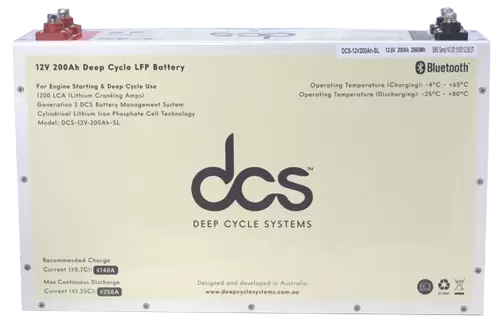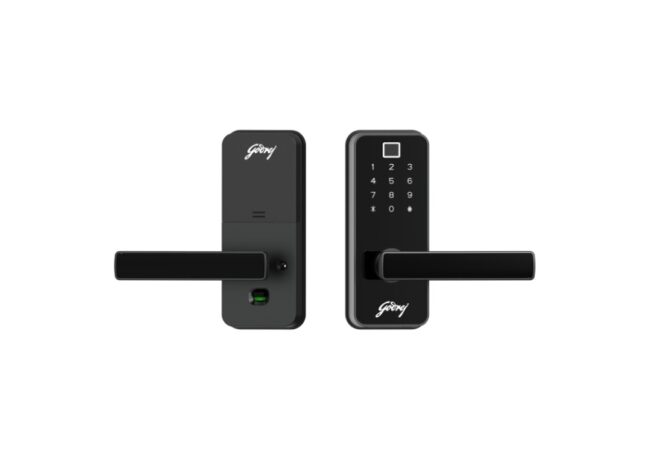
How Attendance Management Systems Ensure Legal Peace of Mind
In today’s fast-paced work environment, keeping track of employee attendance can feel like a never-ending game of catch-up. But what if there was a way to streamline this process, ensuring accuracy and saving you time and headaches? This is where attendance management system (AMS) come into play.
What is an Attendance Management System?
An attendance management system is a software application that automates the process of tracking employee work hours. Employees can clock in and out using various methods, such as fingerprint scanners, key cards, or even a simple mobile app. The AMS then compiles this data, generating reports that detail individual and team work hours.
Benefits Beyond Clocking In: How AMS Strengthens Your Business
While streamlining the clock-in/out process is a significant benefit, AMS offers a wider range of advantages for businesses of all sizes. Let’s delve deeper into how these systems can enhance your operations:
-
Enhanced Accuracy: Traditional paper timesheets are prone to human error, leading to payroll discrepancies and potential disputes. An AMS eliminates this risk by providing a digital record of work hours, ensuring complete accuracy.
-
Improved Compliance: Labor laws often mandate specific record-keeping practices regarding employee hours. An AMS helps businesses stay compliant with these regulations by automatically storing and organizing attendance data. This readily available information can be crucial during audits or legal proceedings.
-
Reduced Administrative Burden: Manually processing employee timesheets is a time-consuming task for HR teams. AMS automates this process, freeing up valuable time for other HR initiatives, such as talent acquisition, onboarding, and employee development.
-
Boosted Productivity: Real-time data on employee presence allows managers to identify trends and patterns in work schedules. This information can be used to optimize staffing levels, ensuring adequate coverage during peak times and minimizing downtime.
-
Data-Driven Decision Making: AMS reports provide valuable insights into employee work patterns. This data can be used to make informed decisions about scheduling, project management, and resource allocation. For instance, identifying inefficiencies in workflows or areas with high absenteeism can lead to targeted improvements.
-
Reduced Payroll Errors: Accurate attendance data translates to accurate payroll calculations. This minimizes the risk of errors that can lead to employee frustration, potential legal issues, and even fines.
-
Improved Employee Morale: A transparent and reliable timekeeping system fosters trust among employees. Having clear documentation of their hours worked ensures fair compensation and can boost employee morale. Furthermore, AMS can offer features like self-service portals where employees can access their own timecards and paystubs, promoting transparency and a sense of control.
-
Enhanced Flexibility: Modern AMS solutions often cater to a diverse workforce. They can accommodate flexible work arrangements, remote work schedules, and even track billable hours for contract workers. This flexibility is crucial for businesses operating in today’s dynamic work environment.
Choosing the Right Attendance Management System for Your Business
With a vast array of AMS options available, selecting the right system for your business can feel overwhelming. Here are some key factors to consider when making your choice:
-
Company Size and Needs: Consider the specific needs of your business. Smaller companies may benefit from a basic system with core functionalities like time tracking and reporting. Larger organizations might require a more comprehensive solution with advanced features like leave management, project tracking, and integrations with existing HR software.
-
Budget: AMS solutions come in a range of price points. Determine your budget and choose a system that offers the features you need within your financial constraints. Some vendors offer tiered pricing plans, allowing you to scale your system as your business grows.
-
Functionality: Identify the functionalities that are most important to your business. This might include features like break tracking, overtime calculations, geofencing for remote workers, mobile app access, or integration with your existing payroll system.
-
Ease of Use: Consider the overall user-friendliness of the system. Both employees and HR personnel should be able to navigate the system easily for optimal workflow. A user-friendly interface with intuitive design and clear instructions can minimize training time and ensure user adoption.
-
Scalability: Think about your future growth plans. Choose a system that can scale up to accommodate any future expansion of your workforce. Cloud-based AMS solutions are particularly scalable as they can adapt to changing needs without requiring significant hardware upgrades.
By carefully evaluating these factors, you can choose an AMS that fits seamlessly into your company’s operations and provides the features and functionality you need to thrive.
Implementing an Attendance Management System: A Smooth Transition
So you’ve chosen the perfect AMS for your business. Now comes the crucial step of implementation. Here are some key strategies to ensure a smooth transition:
-
Communication is Key: Clearly communicate the upcoming implementation of the AMS to your employees. Explain the benefits of the system, how it will be used, and address any potential concerns. Provide training sessions to familiarize employees with the system’s functionalities.
-
Phased Rollout: Consider a phased rollout, particularly for larger organizations. This allows you to identify and address any initial challenges in a controlled environment before deploying the system company-wide.
-
Seek Feedback: Actively seek feedback from employees after the AMS is implemented. This feedback can be used to identify areas for improvement and optimize the system’s usability.
-
Ongoing Support: Provide ongoing support to both employees and HR personnel. This could include readily available user guides, online tutorials, or a dedicated support team to answer questions and address any technical issues.
Security and Data Privacy Considerations
Since AMS store sensitive employee data, security is paramount. Opt for a system with robust security measures in place, such as data encryption, user access controls, and multi-factor authentication. Additionally, ensure your chosen system.
Read More Blog Here


